o install a sliding barn door inside, start by measuring and marking the desired location for the door. Then, attach the mounting hardware to the wall and attach the track to the hardware.
Finally, hang the door on the track and adjust it as needed for proper alignment and function. Sliding barn doors are becoming a popular choice for homeowners who want to add a touch of rustic charm and functionality to their interior spaces.
These stylish doors not only save space but also serve as a focal point in any room. Whether you want to separate spaces, hide a closet, or add a unique design element to your home, installing a sliding barn door can be a simple and worthwhile project. We will guide you through the steps to install a sliding barn door inside your home, allowing you to enjoy its benefits in no time.
Choosing The Right Sliding Barn Door For Your Space
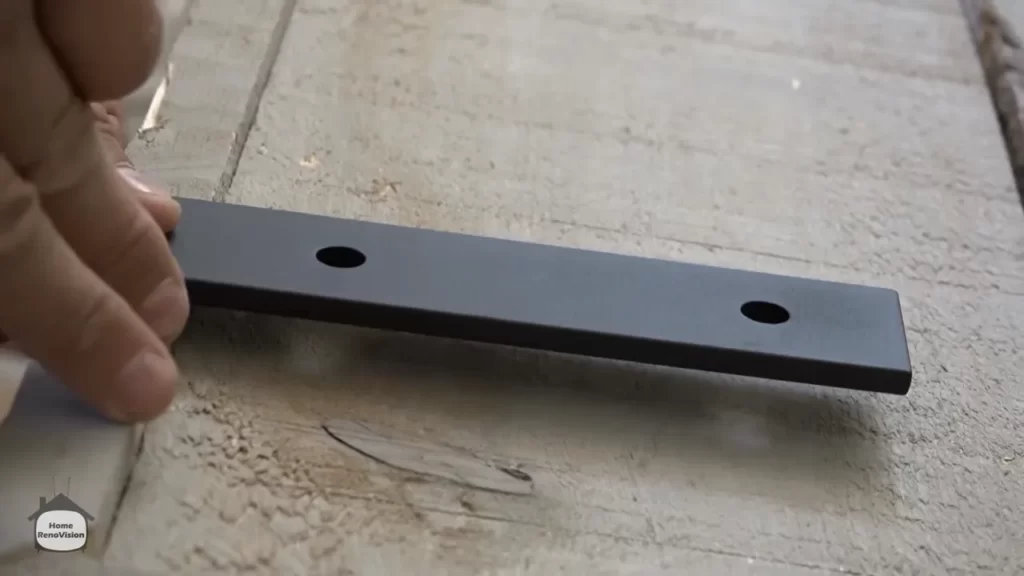
Installing a sliding barn door can add a rustic and stylish touch to any interior space. Whether you’re looking to create a charming farmhouse aesthetic or simply want a unique and space-saving door solution, a sliding barn door can be the perfect choice. However, with so many options available, it’s important to choose the right sliding barn door that suits both your style preferences and practical needs. In this section, we’ll look at the factors to consider when selecting a sliding barn door, the different materials and styles available, and how to measure the door frame accurately for a perfect fit.
Factors to Consider When Selecting a Sliding Barn Door
Before diving into the various materials and styles, it’s important to consider a few factors to ensure you choose the right sliding barn door for your space:
- Size: Measure the available wall space to determine the appropriate size for your sliding barn door. Keep in mind that the door should be slightly larger than the door frame to provide proper coverage.
- Weight: Consider the weight of the sliding barn door and ensure that your wall can support it. Heavier doors may require additional structural support.
- Functionality: Decide whether you want a sliding barn door that completely covers the doorway or one that leaves some open space when closed. This will depend on the level of privacy and soundproofing you desire.
- Style: Choose a sliding barn door that complements the overall aesthetic of your space. Whether you prefer a traditional wooden door or a more contemporary glass and metal combination, there are various styles to choose from.
- Hardware: Consider the type of hardware you want for your sliding barn door. From rustic-inspired rollers and tracks to sleek and modern options, the hardware can greatly impact the overall look of the door.
Different Materials and Styles Available
Sliding barn doors come in a range of materials and styles, allowing you to achieve the desired look and feel in your space. Here are some popular options to consider:
| Material | Style |
|---|---|
| Wood | Classic and versatile, wooden barn doors add warmth and character to any space. They can be stained or painted to match your decor. |
| Glass | For a modern and minimalist look, consider a sliding barn door with glass panels. This style allows natural light to flow through while still providing privacy. |
| Metal | If you’re aiming for an industrial or contemporary vibe, a metal barn door can be a great choice. Opt for steel or aluminum for durability. |
Measuring the Door Frame Accurately for a Perfect Fit
To ensure a seamless installation, it’s crucial to measure the door frame accurately. Follow these steps for a perfect fit:
- Measure the height of the doorway from the floor to the top of the opening.
- Measure the width of the doorway from side to side. Take into account any trim or molding that may affect the measurements.
- Add a few extra inches to both the height and width measurements to allow for overlap and proper coverage.
- Consider the door’s thickness and ensure that the frame is wide enough to accommodate it. This is especially important if you’re opting for a thicker door material such as solid wood.
By carefully considering these factors, exploring the different materials and styles available, and measuring your door frame accurately, you’ll be well on your way to choosing the perfect sliding barn door for your space. Whether you’re revamping a bedroom, creating a stylish office, or updating your living room, a sliding barn door can add both functionality and visual appeal.
Preparing Your Space For Installation
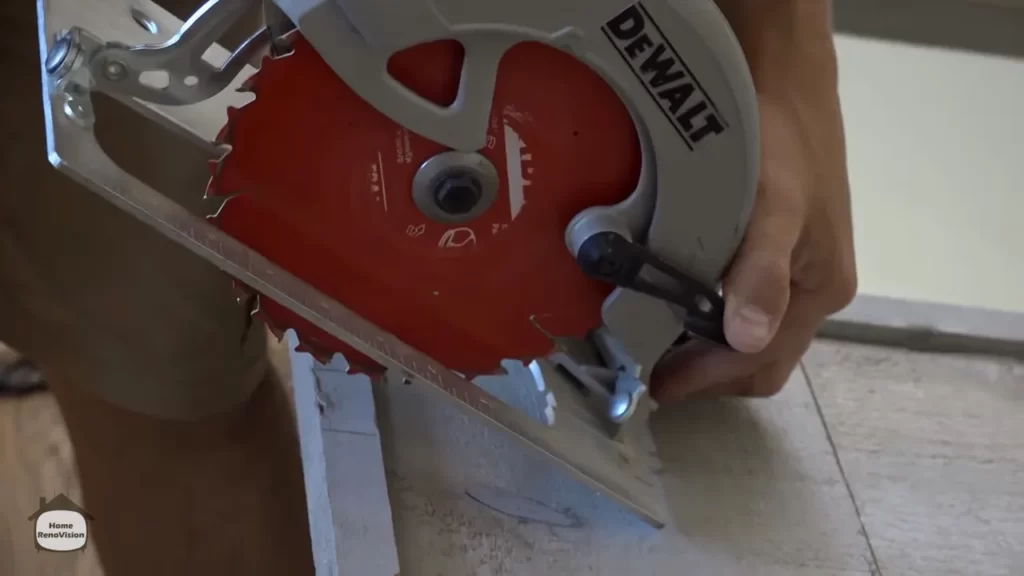
Before you dive into the exciting process of installing a sliding barn door, it’s important to properly prepare your space. This step is crucial to ensure a smooth and successful installation. In this section, we will guide you through the necessary steps to prepare your space for the installation process.
Clearing the area and removing any obstacles
Prior to installing a sliding barn door, it’s essential to clear the area and remove any obstacles that may hinder the installation process. This includes removing furniture, decorations, and any other items that may be in the way. Make sure to create a completely clear workspace to ensure you have unrestricted access to the wall where the door will be installed.
Evaluating the wall structure and ensuring it can support the weight of the door
The next critical step is evaluating the wall structure to ensure it is sturdy enough to support the weight of the sliding barn door. It’s essential to determine whether the wall is load-bearing or non-load-bearing. Load-bearing walls can safely support heavy doors, while non-load-bearing walls may require additional reinforcement. To evaluate the wall structure, you can follow these simple steps:1. Examine the wall for any visible signs of damage or weakness, such as cracks or sagging. 2. Determine the construction material of the wall, whether it is made of wood, concrete, or drywall. 3. Consult a professional if you are unsure about the wall’s ability to support the door’s weight.
Necessary tools and equipment for the installation process
Having the right tools and equipment for the installation process is key to ensuring a smooth and successful project. Here is a list of the necessary tools and equipment you will need:
| Tool or Equipment | Quantity |
|---|---|
| Drill | 1 |
| Measuring tape | 1 |
| Screwdriver | 1 |
| Level | 1 |
| Stud finder | 1 |
| Hammer | 1 |
| Screws and anchors | As needed |
Make sure you have all the necessary tools and equipment before you start the installation process. This will save you time and ensure a hassle-free experience.
By following these steps for preparing your space, you’ll be well on your way to successfully installing a sliding barn door inside your home. Clearing the area, evaluating the wall structure, and gathering the necessary tools are essential tasks that shouldn’t be overlooked. Once you have completed these preparations, you’ll be ready to begin the exciting installation process with confidence.
Step-By-Step Guide To Installing A Sliding Barn Door
Are you considering adding a sliding barn door to your home? Sliding barn doors have become increasingly popular in interior design for their rustic charm and space-saving functionality. While the installation process may seem daunting at first, it can actually be quite straightforward with the right tools and a step-by-step guide. In this article, we will provide you with a comprehensive step-by-step guide on how to install a sliding barn door inside your home. Follow these instructions carefully, and soon enough, you will have a beautiful sliding barn door enhancing the aesthetic of your space.
Marking the placement of the door track on the wall
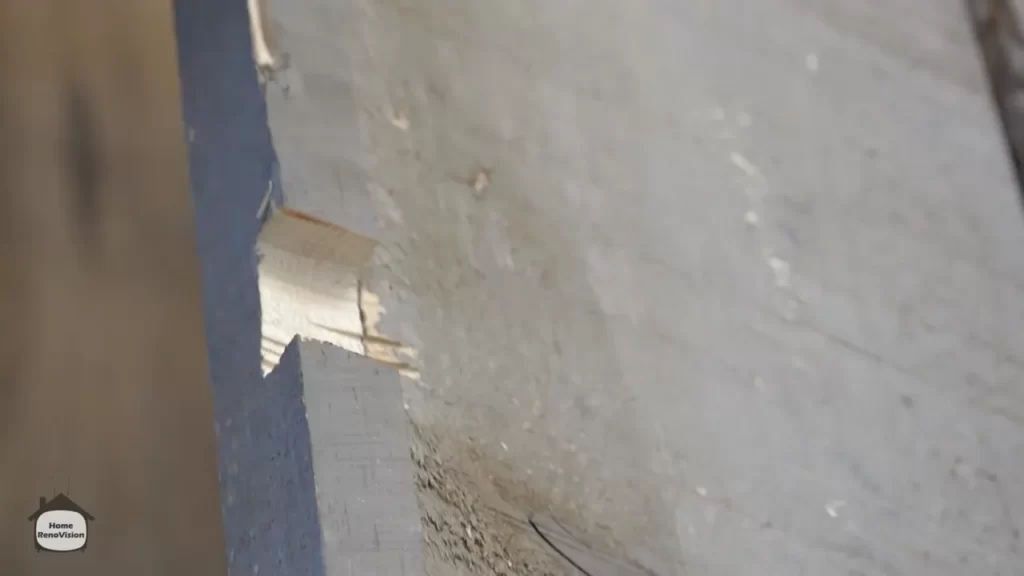
The first step to installing a sliding barn door is determining the location where you want to place the door track. The track should be installed on a sturdy wall surface, preferably on a stud for added strength and stability. Use a stud finder to locate the studs along the wall where you plan to install the barn door. Once you have identified the studs, mark their positions on the wall using a pencil or masking tape.
Installing the door track securely
Now that you have marked the placement of the door track, it’s time to install it securely. Measure the length of the door track and mark the position where the screws will go, ensuring they align with the marked stud locations. Pre-drill holes on the marked spots to prevent the wood from splitting. Place the door track on the wall, aligning the screw holes with the pre-drilled holes. Secure the track to the wall by driving screws through the holes and into the studs. Make sure the track is level and firmly attached to the wall.
Hanging the sliding door onto the track
With the door track securely installed, it’s time to hang the sliding barn door. Lift the door and align the rollers on the top of the door with the track. Gently place the rollers onto the track and ensure they glide smoothly along the entire length. Once the door is hanging on the track, adjust the rollers if needed to ensure the door is level and centered. You can use a wrench or screwdriver to make any necessary adjustments to the rollers.
Now that you have successfully installed your sliding barn door, take a moment to admire your handiwork. A sliding barn door not only adds visual appeal to your space but also allows for greater flexibility and efficiency. Enjoy the unique charm and functionality that your new sliding barn door brings!
Installing The Door Handle And Hardware
After successfully mounting the sliding barn door on the track, the next step is installing the door handle and hardware. This crucial process not only adds functionality but also enhances the visual appeal of your barn door. In this section, we will guide you through the proper selection, placement, and installation of the door handle and hardware accessories to ensure optimal functionality and safety.
Choosing the Right Door Handle and Hardware Accessories
When it comes to selecting a door handle and hardware for your sliding barn door, it is important to choose accessories that not only complement the overall aesthetic of your interior but also provide the desired level of functionality. Consider the following factors to make an informed decision:
- The style of your sliding barn door and its purpose
- The material and finish of the hardware accessories
- The weight and size of the door, ensuring the selected handle and hardware can bear the load
By carefully considering these factors, you can choose the perfect door handle and hardware accessories that will not only serve their purpose but also accentuate the overall design of your sliding barn door.
Proper Placement and Installation of the Handle
Proper placement and installation of the door handle are essential for convenient usage and a seamless aesthetic. Follow these steps for a successful installation:
- Measure and mark the desired height for the handle on the door.
- Ensure the handle is positioned at a comfortable height, allowing users to easily open and close the door without straining.
- Use a drill and appropriate hardware to secure the handle in place.
- Ensure the handle is firmly attached and doesn’t wobble or move when pulled or pushed.
By adhering to proper placement and installation techniques, you can guarantee a smooth and hassle-free operation of your sliding barn door handle.
Testing the Functionality and Security of the Hardware
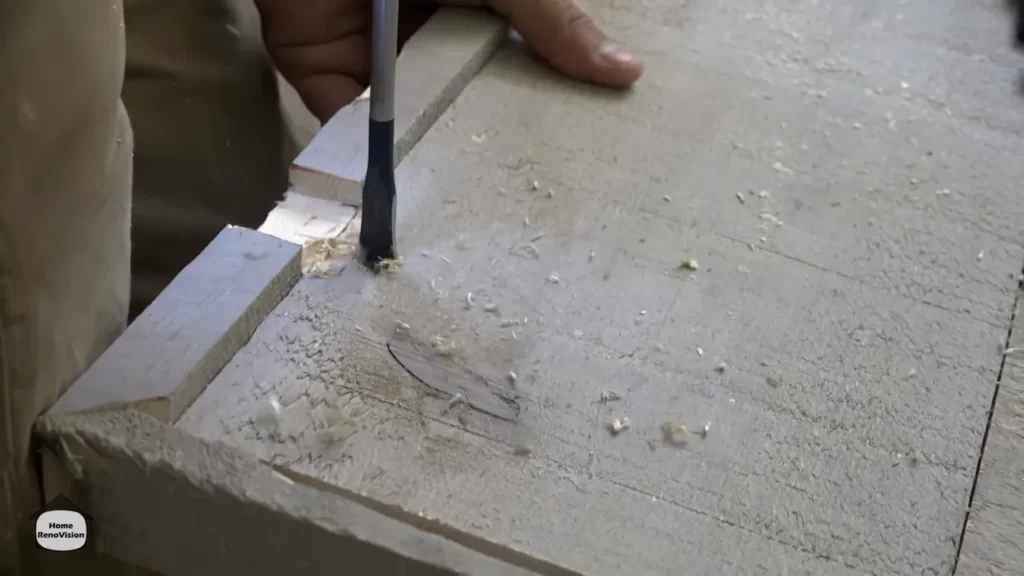
Components
Once the handle is installed, it is crucial to thoroughly test the functionality and security of the hardware components. Perform the following checks to ensure everything is in optimal condition:
| Functionality Check | Security Check |
|---|---|
| Ensure the handle operates smoothly, allowing for easy opening and closing of the door. | Confirm that the hardware provides adequate security and the door cannot be easily forced open. |
| Check for any issues such as friction, misalignment, or sticking, and address them promptly if they arise. | Verify that all screws and bolts are securely tightened to prevent any potential accidents. |
By conducting thorough functionality and security checks, you can rest assured that your sliding barn door handle and hardware are in perfect working condition, offering effortless usage and optimal safety.
Fine-Tuning And Adjusting The Sliding Door
Now that you have successfully installed your sliding barn door, it’s time to fine-tune and adjust it to ensure smooth movement along the track, proper fit, and enhanced appearance and functionality. This crucial step will not only improve the overall performance of the door but also add aesthetic value to your space. In this section, we’ll guide you through the essential adjustments you need to make for a perfectly functioning sliding barn door.
Ensuring smooth movement of the door along the track
One of the key factors in achieving a flawless sliding barn door is ensuring smooth movement along the track. This can be done by:
- Checking the track alignment: Inspect the track to ensure it is straight and properly aligned. Make any necessary adjustments by loosening the screws, aligning the track, and then tightening them again. This will prevent any hindrance to the door’s movement.
- Ensuring proper lubrication: Apply a suitable lubricant to the track to reduce friction and allow seamless gliding of the door. A silicone-based lubricant is recommended for this purpose.
Adjusting the door height and alignment for a proper fit
A properly fitted sliding barn door should be aligned and at the correct height. Here’s how you can achieve this:
- Adjusting the door height: Check if the door hangs at an even level with the floor. If not, adjust the height by turning the bottom roller adjustment screw clockwise or counterclockwise until the door is perfectly aligned with the floor surface.
- Aligning the door: Inspect the door’s position within the frame. If it’s not perfectly aligned, adjust the side roller screws to tweak the alignment. Tighten or loosen the screws as needed until the door sits squarely within the frame.
Applying finishing touches to enhance appearance and functionality
To elevate the appearance and functionality of your sliding barn door, consider these finishing touches:
- Installing a door guide: A door guide helps stabilize the door, preventing it from swinging or scraping against the wall. Choose a guide that complements the overall design and install it at the appropriate location on the floor.
- Adding a soft-close mechanism: For a quieter and gentler closing action, incorporate a soft-close mechanism to prevent the door from slamming shut. Follow the manufacturer’s instructions to install this mechanism properly.
By following these adjustments and finishing touches, you can ensure that your sliding barn door not only operates smoothly but also adds a touch of character and functionality to your living space.
Maintenance And Care For Your Sliding Barn Door
Maintenance and Care for Your Sliding Barn Door
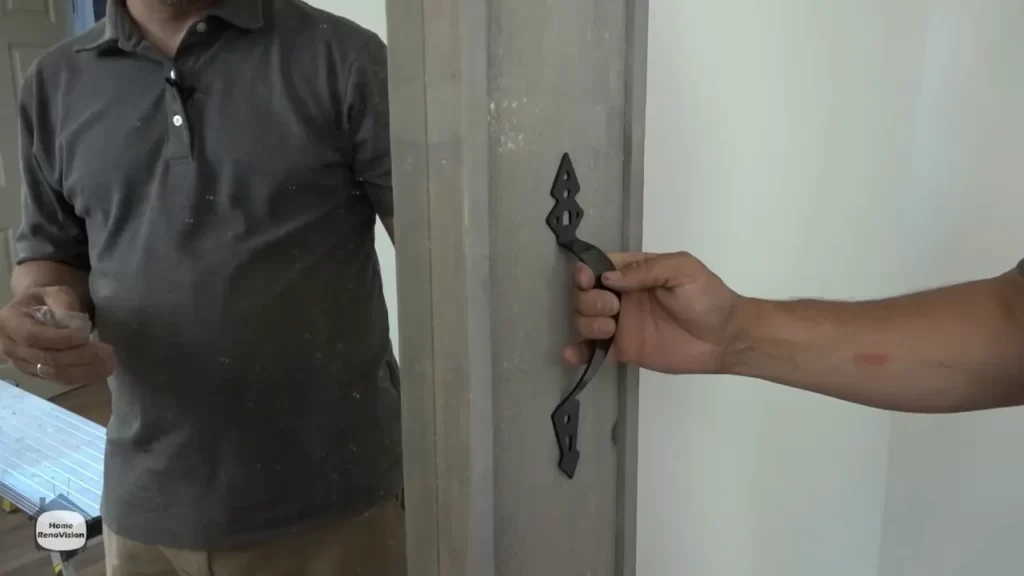
Proper maintenance and care are essential to ensure your sliding barn door remains functional and visually appealing for years to come. By following these simple steps, you can keep your door and hardware in excellent condition. From regular cleaning to lubrication and troubleshooting, taking care of your sliding barn door is easier than you think.
Cleaning and maintaining the door and hardware regularly
To maintain the beauty and functionality of your sliding barn door, it’s important to clean it regularly. Use a soft, lint-free cloth to remove dust and dirt from both sides of the door. If there are any stains or marks, gently wipe them away using a mild soap solution and water. Avoid using harsh chemicals or abrasive cleaners as they can damage the door’s finish.
In addition to cleaning the door, it’s equally important to regularly maintain the hardware. Check the rollers and tracks for any debris or obstructions that may hinder smooth operation. Use a soft brush or cloth to remove any dirt or build-up in the tracks. Inspect the screws and bolts to ensure they are tight and secure. If you notice any loose or damaged parts, tighten or replace them as necessary.
Lubricating the track and hinges for smooth operation
Lubricating the track and hinges of your sliding barn door is crucial for ensuring smooth and effortless operation. Apply a silicone-based lubricant to the track and hinges, ensuring they are well-coated. This will help reduce friction and prevent any squeaking or sticking. It is recommended to lubricate the hardware at least once every six months or whenever you notice any resistance during door movement.
Troubleshooting common issues and repair tips
Despite proper maintenance, your sliding barn door may encounter some common issues. Here are a few troubleshooting tips:
- If the door is not sliding smoothly, check the track for any debris or objects obstructing its movement. Clean the track thoroughly and lubricate it.
- If the door is misaligned or uneven, check the rollers for any damage or wear. Replace them if necessary.
- If the door is sticking or making noise, inspect the hinges for any signs of wear or damage. Tighten or replace them as needed.
If these troubleshooting tips don’t resolve the issue, it’s best to seek professional assistance to avoid further damage.
Additional Tips and Considerations
Here are some additional tips and considerations that will help you maintain your sliding barn door:
- Enhancing privacy and reducing noise by adding weatherstripping to the door’s edges. This will create a better seal and minimize any gaps.
- Customizing the door with paint or stain can add a personalized touch to your space. Ensure you use high-quality finishes that are suitable for the material of your door.
- If you are unsure about the installation process or have a complex project, it is recommended to seek professional assistance. Installing a sliding barn door involves precise measurements and careful consideration of wall structure, so having an expert guide you can save time and prevent potential damages.
By following these maintenance tips and taking the necessary care, you can ensure your sliding barn door remains both functional and visually appealing for years to come. Regular cleaning, lubrication, and troubleshooting will keep your door gliding smoothly and add a touch of elegance to your living space.
Frequently Asked Questions On How To Install A Sliding Barn Door Inside
Can You Put A Barn Door On The Inside?
Yes, you can use a barn door on the inside. It’s a popular interior design trend that adds rustic charm and saves space. The door slides along a track, creating a focal point and separating rooms. It’s a stylish and functional option for any home.
Do Sliding Barn Doors Need A Bottom Track?
Yes, sliding barn doors require a bottom track to ensure proper installation and smooth operation. The bottom track acts as a guide for the door, preventing it from swinging out or falling off the track.
Do You Remove Trim When Installing A Barn Door?
Yes, trim needs to be removed when installing a barn door.
How Do You Fill A Gap Between A Barn Door And A Wall?
To fill a gap between a barn door and a wall, you can use weatherstripping or a door sweep. These can easily be attached to the bottom of the door to seal the space and prevent drafts.
How Do I Install A Sliding Barn Door Inside?
Installing a sliding barn door inside your home is a great way to add rustic charm and save space. Here’s a step-by-step guide on how to do it.
What Tools Do I Need To Install A Sliding Barn Door Inside?
To install a sliding barn door inside, you’ll need tools like a drill, screwdriver, measuring tape, level, and a stud finder.
Conclusion
Installing a sliding barn door inside your home is a great way to add both functionality and style to your space. By following the step-by-step guide in this blog post, you can easily transform any room into a trendy and functional area.
With the right tools and a little bit of patience, you’ll have a beautiful sliding barn door that enhances the overall ambiance of your home. Enjoy the convenience of a sliding door while also adding a touch of rustic charm to your living space.
Get started on your sliding barn door project today and see the amazing results for yourself.
